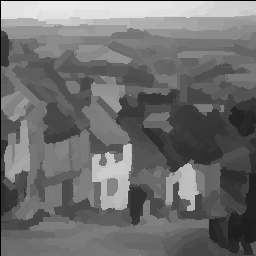
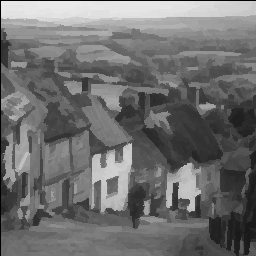
PAINTBRUSH IMAGE TRANSFORMATION
Tamás Szirányi, Zoltán Tóth & Iván Kopilovic
Abstract
A paintbrush-like image transformation is proposed in this paper. One of the goals of the method is to transform the image into a representation that is very similar to the human sensation of artistic images. We introduce a sequential multiscale image decomposition method, based on simple simulated paintbrush-strokes. The resulting images look like good-quality paintings, with an acceptable distortion compared to the original bit-map. The image can be described with the parameters of the paintbrush-strokes, resulting in a parameter-series that can be used for compression. The quality of the "painted" images are tested by using masked Gabor-filters fitted to the Human Visual System (HVS). The painting process can be applied for scale-space image representation, segmentation and contour detection, and image coding.


#6 Painted up to brush size 26 x 7 #9 Painted up to brush size 10 x 3
Paintbrush Transformation stages of "Goldhill"fig
Our algorithm is
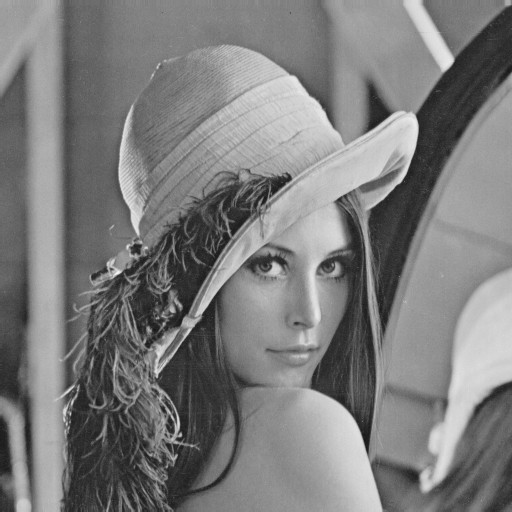
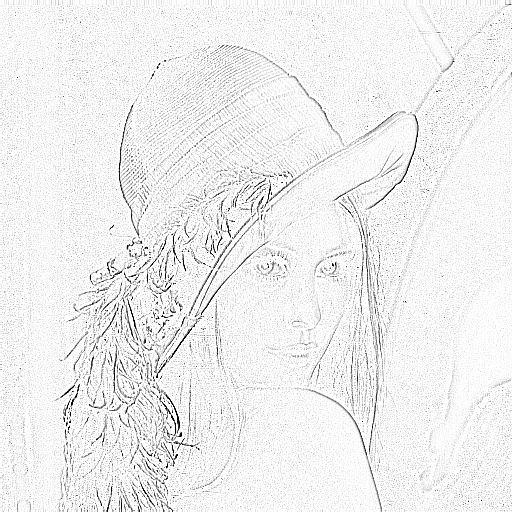
Original image Lena 512*512 and its edge map
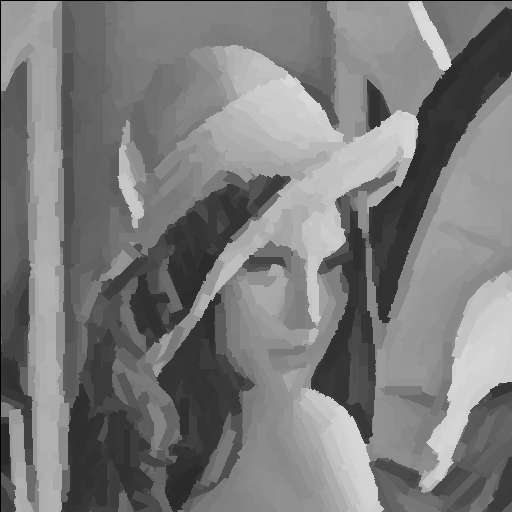
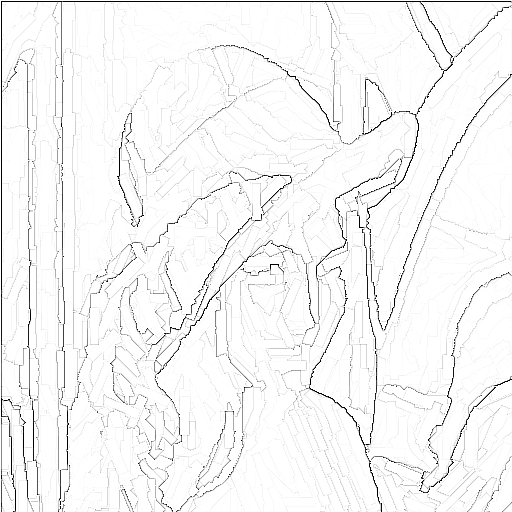
#4 Painted up to brush size 37 x 9
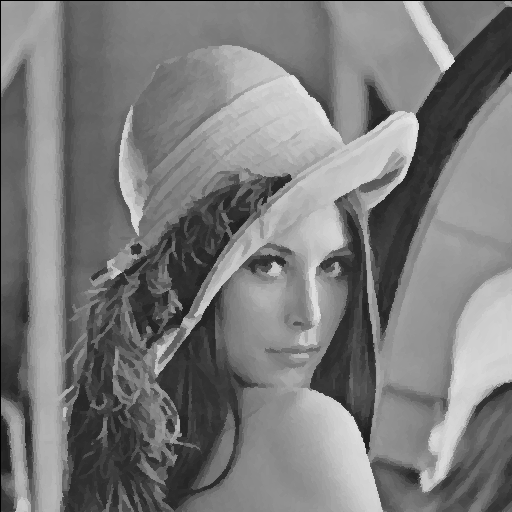
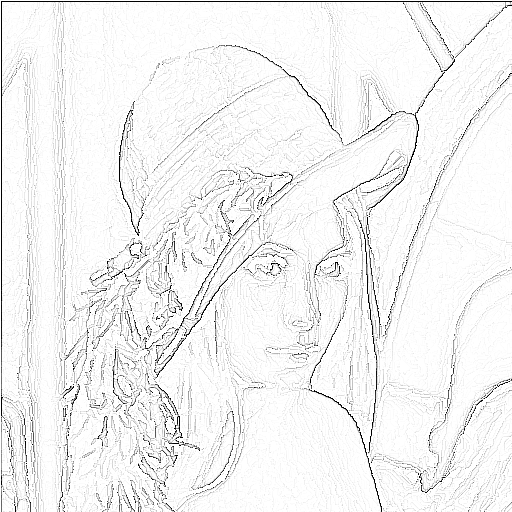
#9
Painted up to brush size 10 x 3Painting stages of image "Lena" and their edge maps
Figure 6fig
Compression diagram of test image ‘Barbara’
Wavelet, JPEG and the present Paintbrush compression results are compared by using HVS filtering to measure in MPSNR vs. bit-per-pixel.
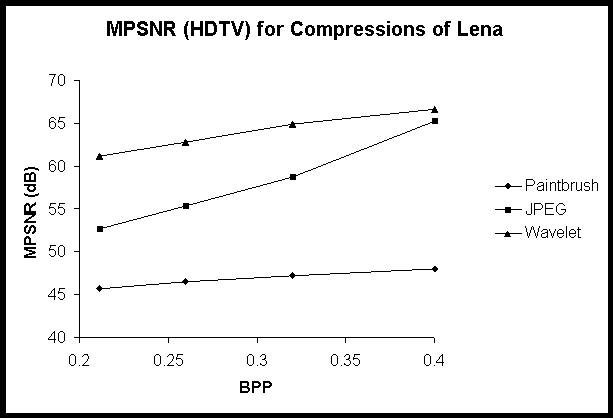
Compression diagram of test image ‘Lena’
Wavelet, JPEG and the present Paintbrush compression results are compared by using HVS filtering to measure in MPSNR vs. bit-per-pixel.
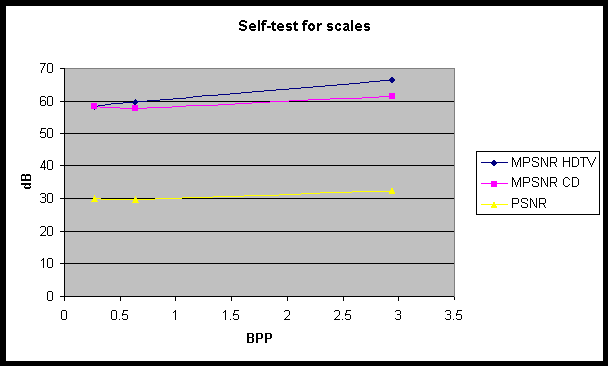
Compression diagram of self-test on image ‘Lena’ with identical final-brush-size for the initial and repeated coding